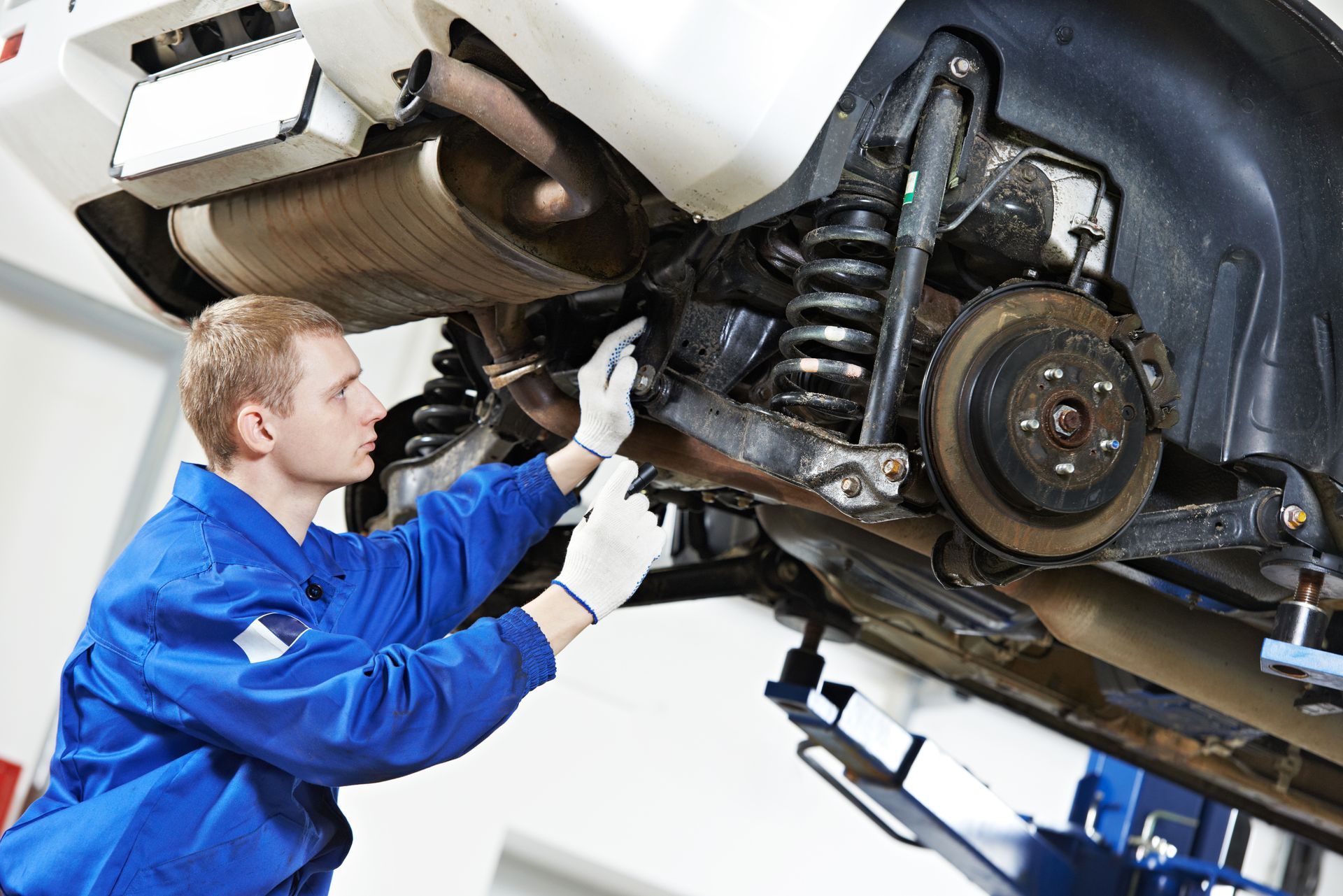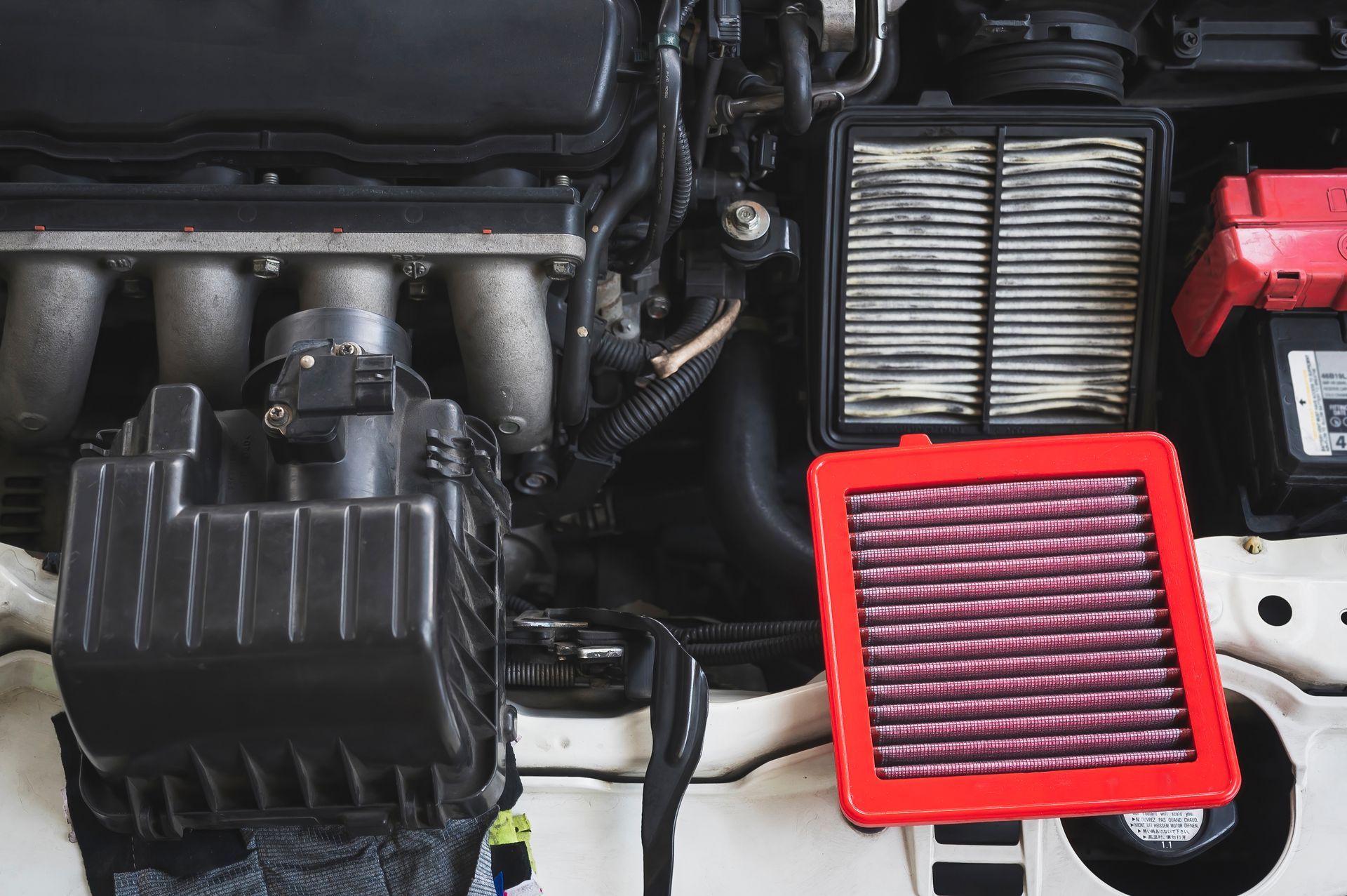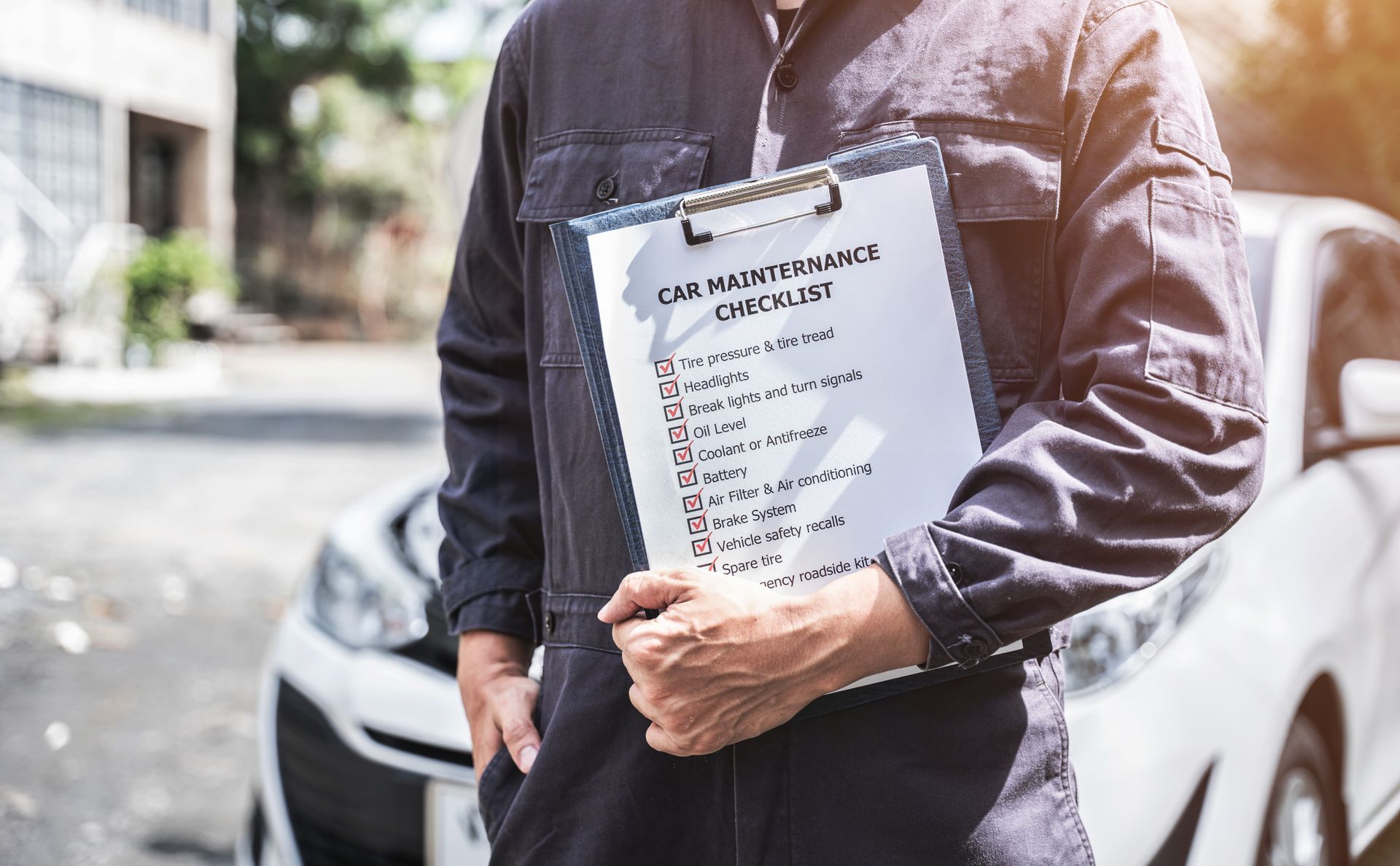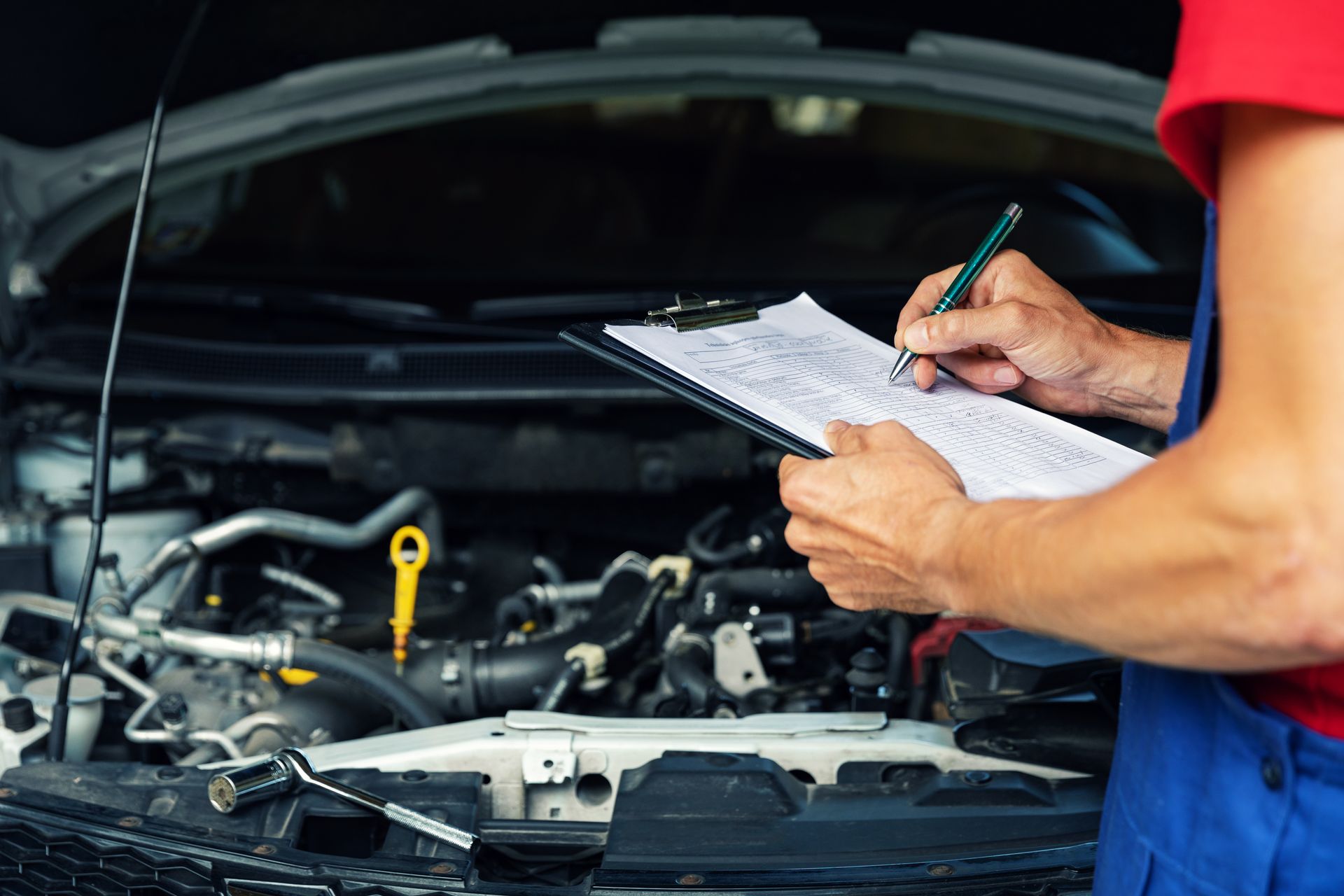Blog

January 23, 2025
Thank you for visiting the LightHouse Automotive Blog. This is the first of what will be many weekly articles featured on this site. Our goal is to provide helpful car care information while also offering insight into the way we do business. You can follow the blog here or like us on Facebook to receive updates when new articles are posted each week. About UsLightHouse Automotive LLC opened in 2003 by owners Rylan and Tia Blair, and we have been an integral part of the Colorado Springs auto repair industry ever since. We take pride in providing quality automotive services with a personal touch. We provide ... read more







.jpeg)

